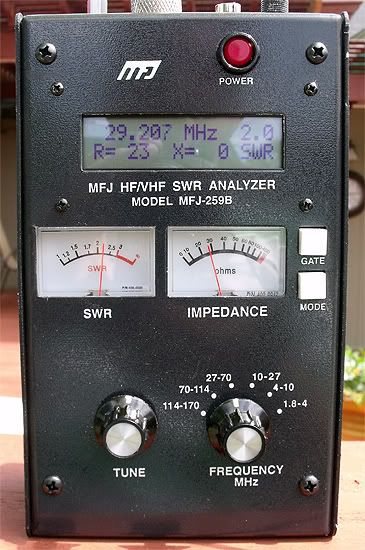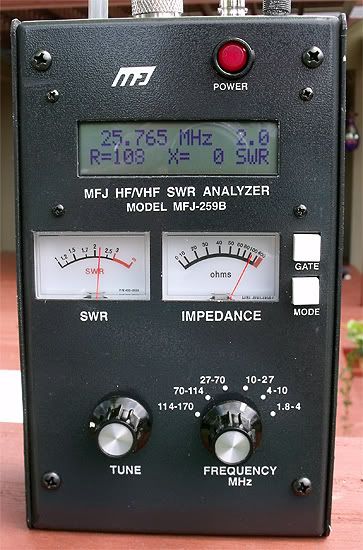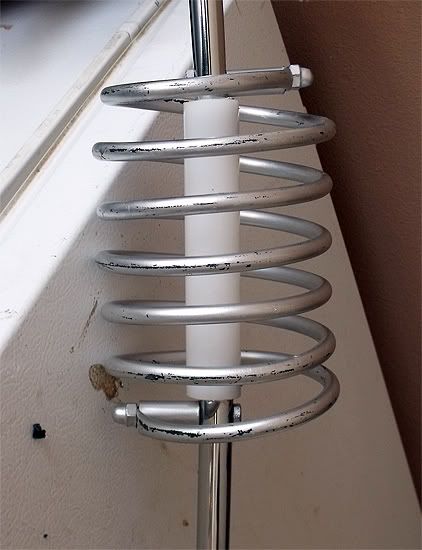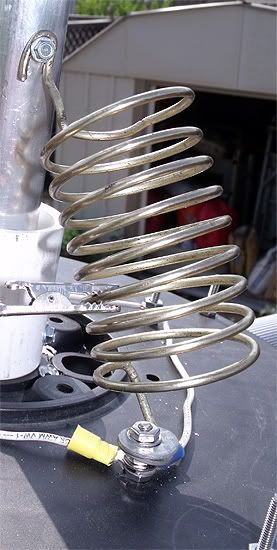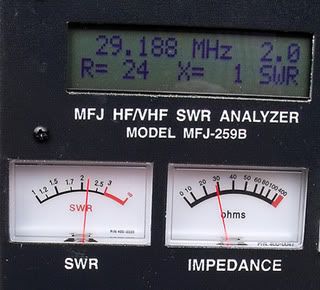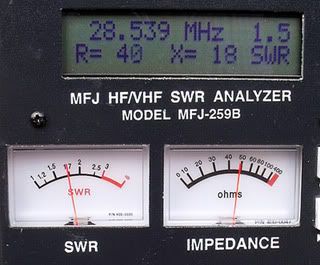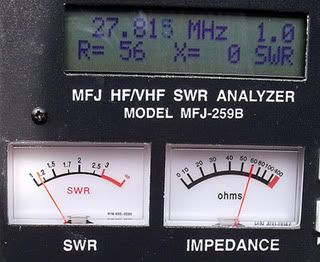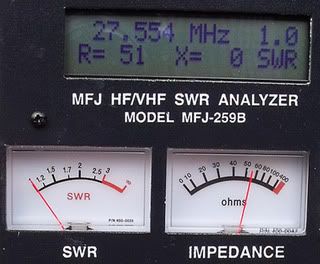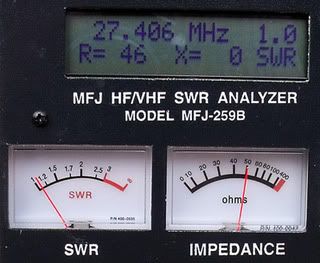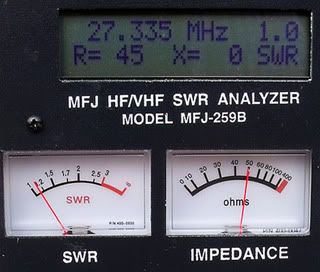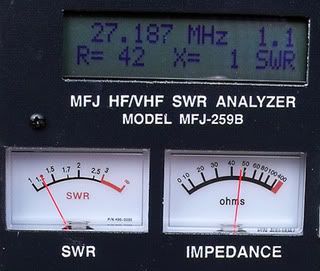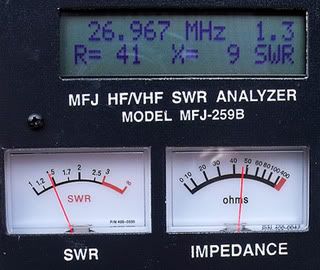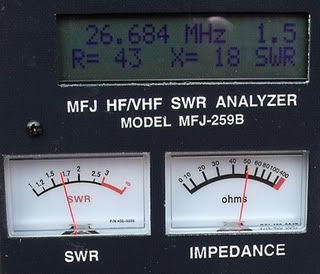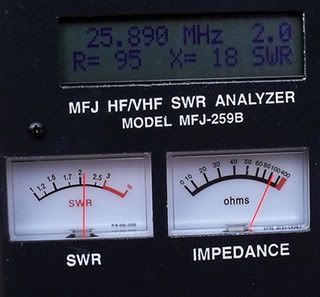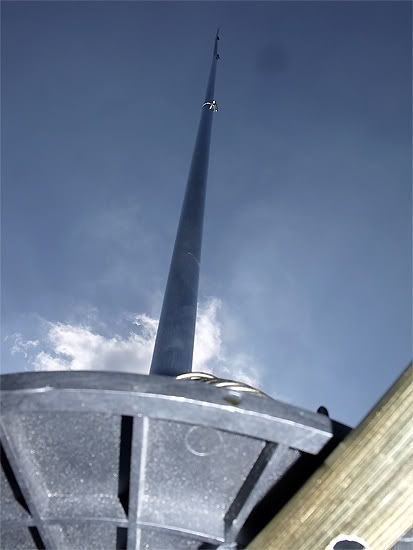Wow, OK......Like Eddie, i find it very interesting that you have X=0 over that range....yes please do show some more points in the middle.
My good Camera quit working, and all I have is my cell phone at the moment, but I will run some numbers on my I 10K and post them if it is readable.
73
Jeff
My good Camera quit working, and all I have is my cell phone at the moment, but I will run some numbers on my I 10K and post them if it is readable.
73
Jeff

